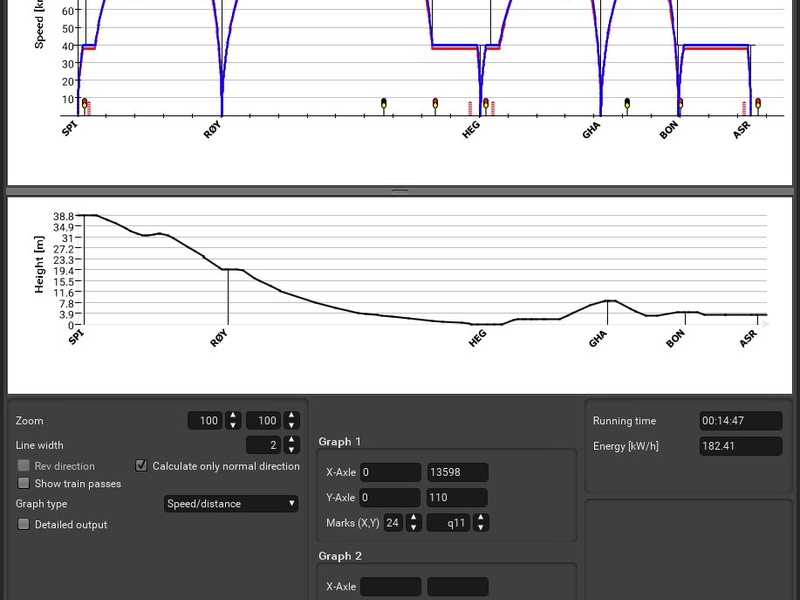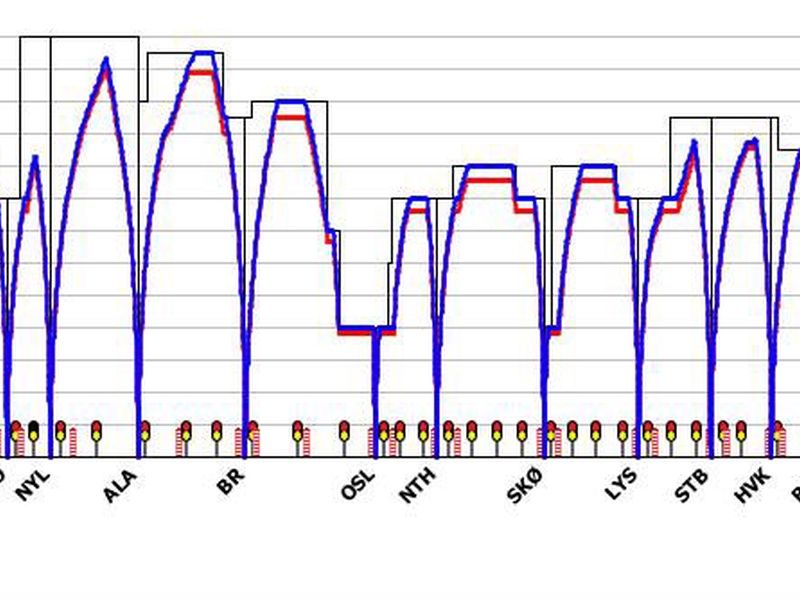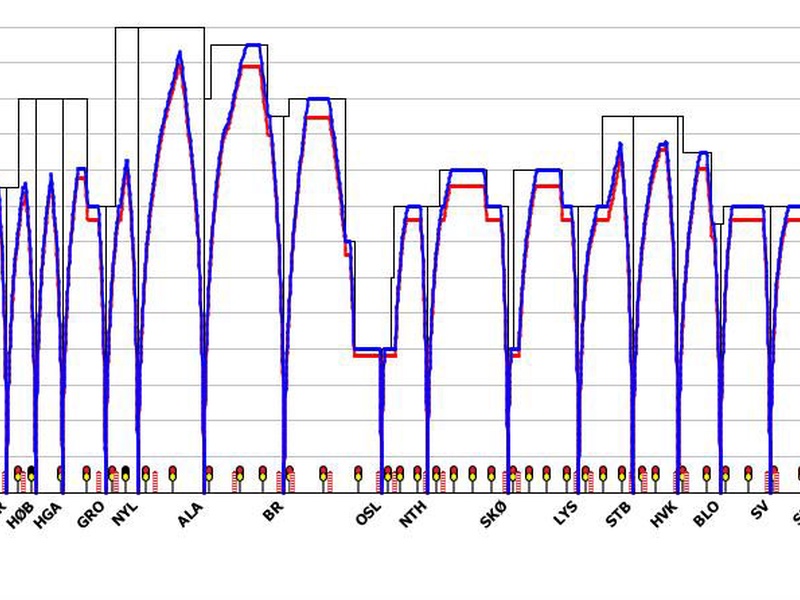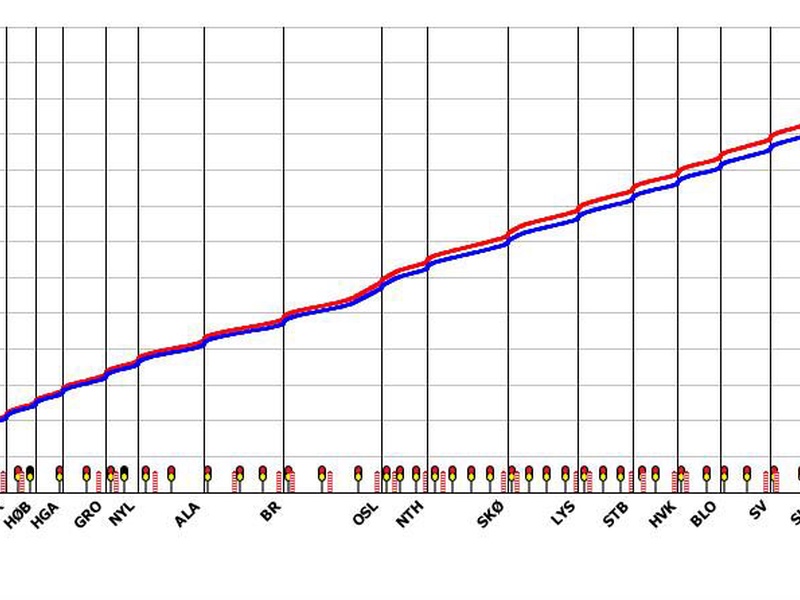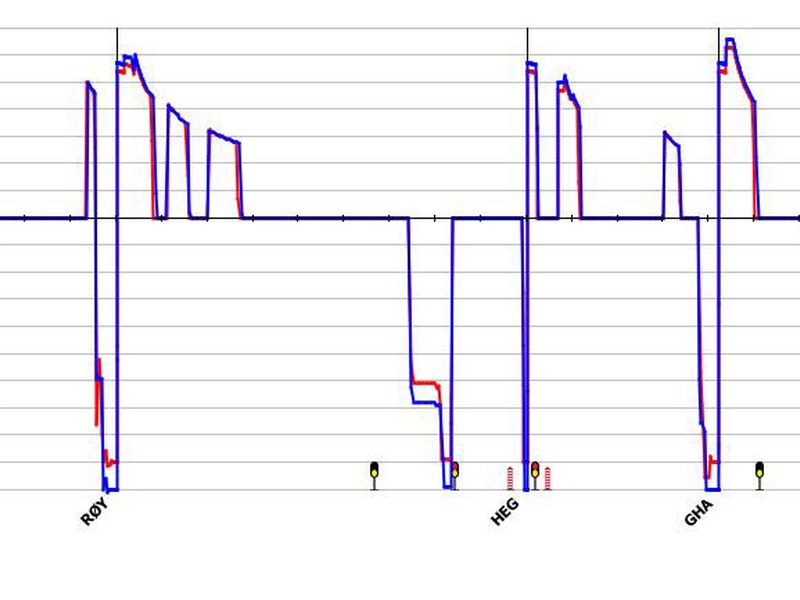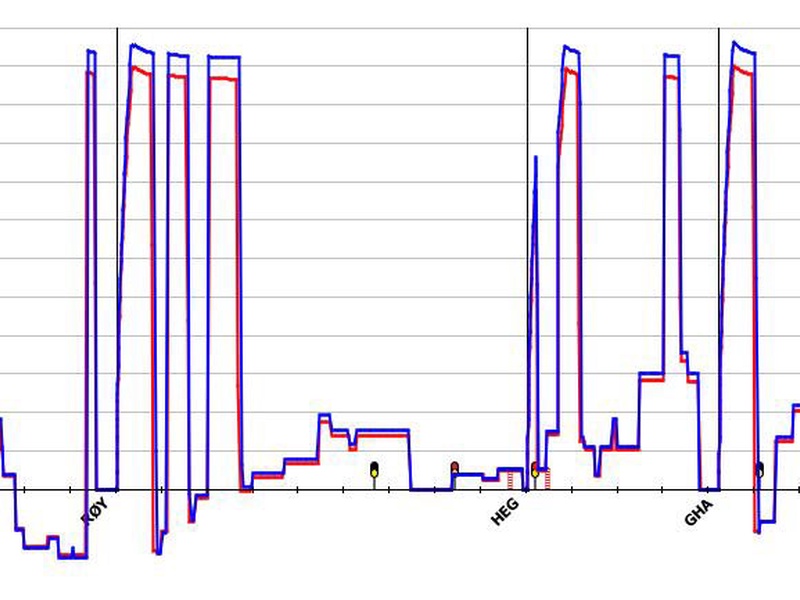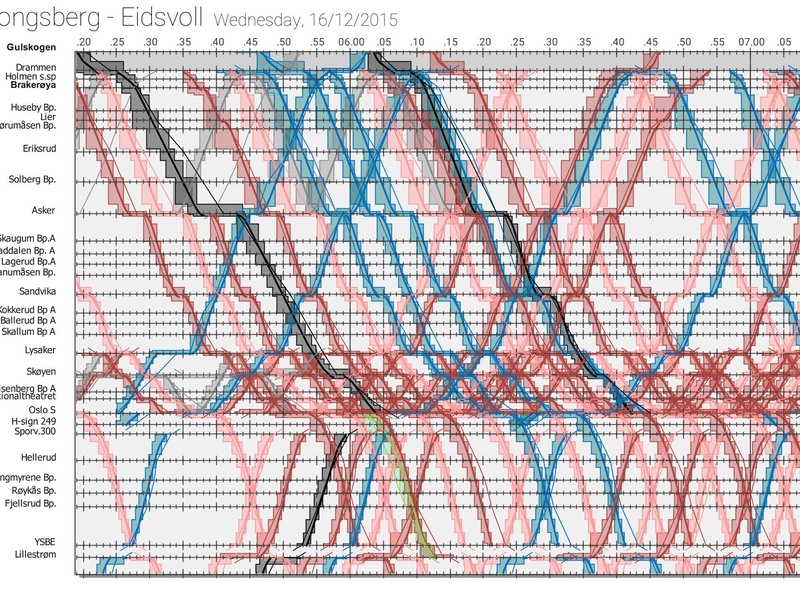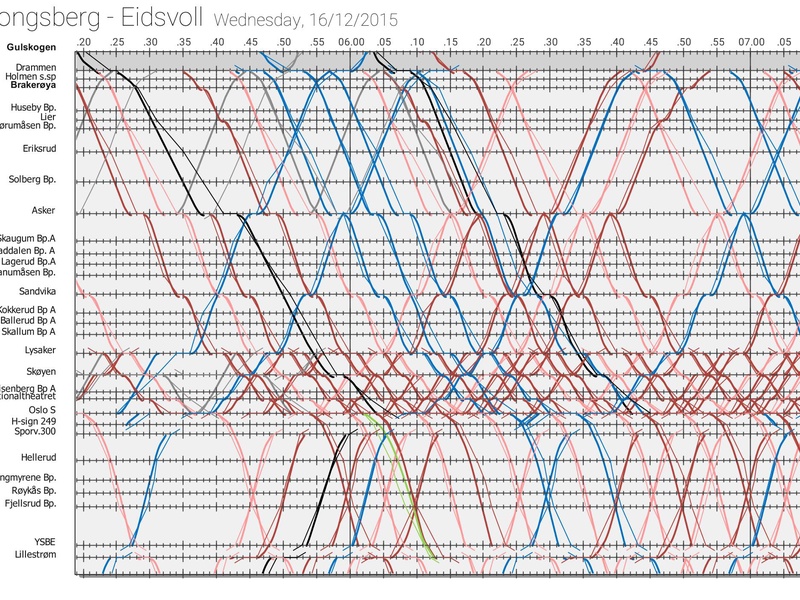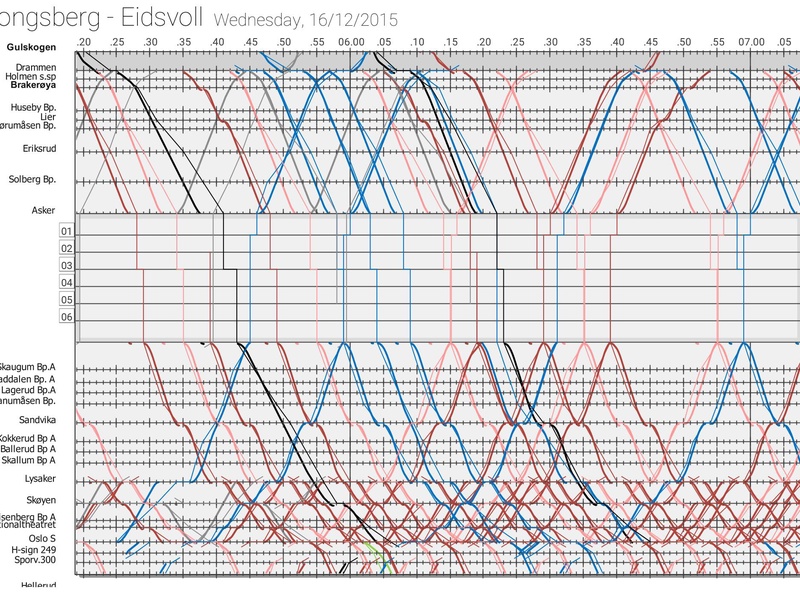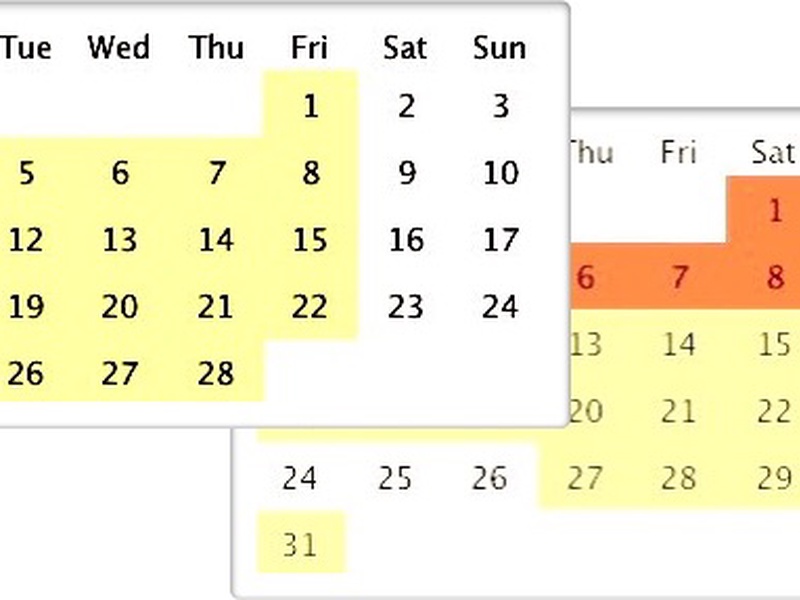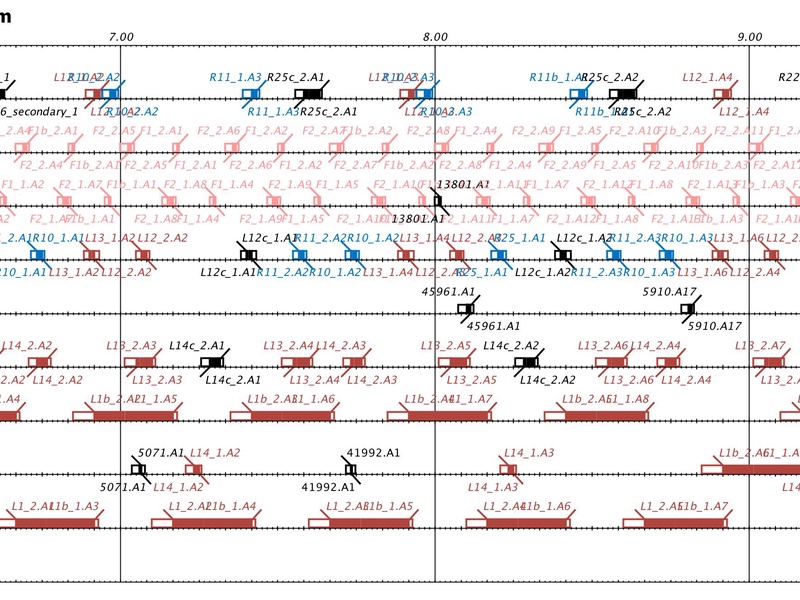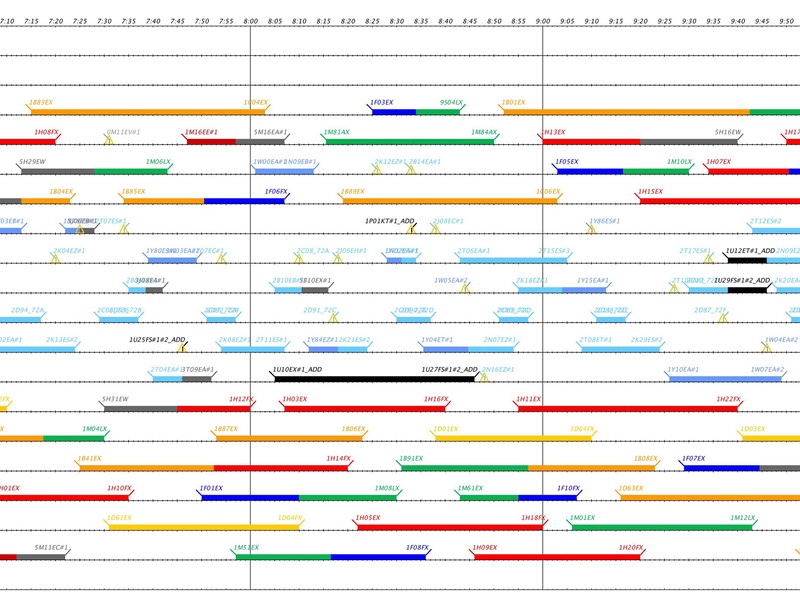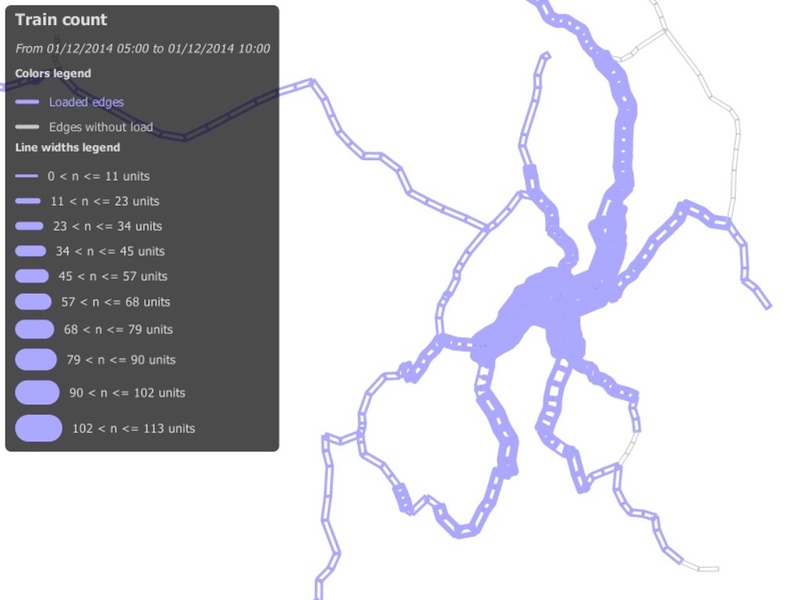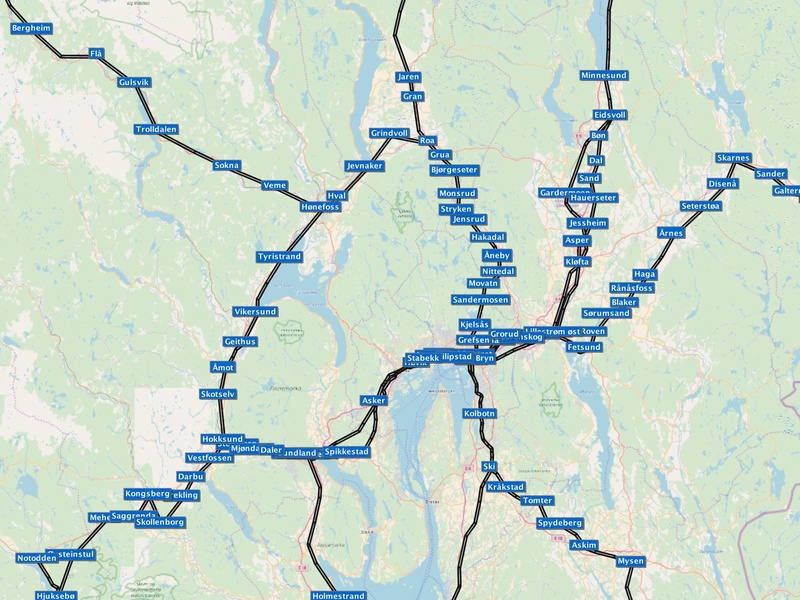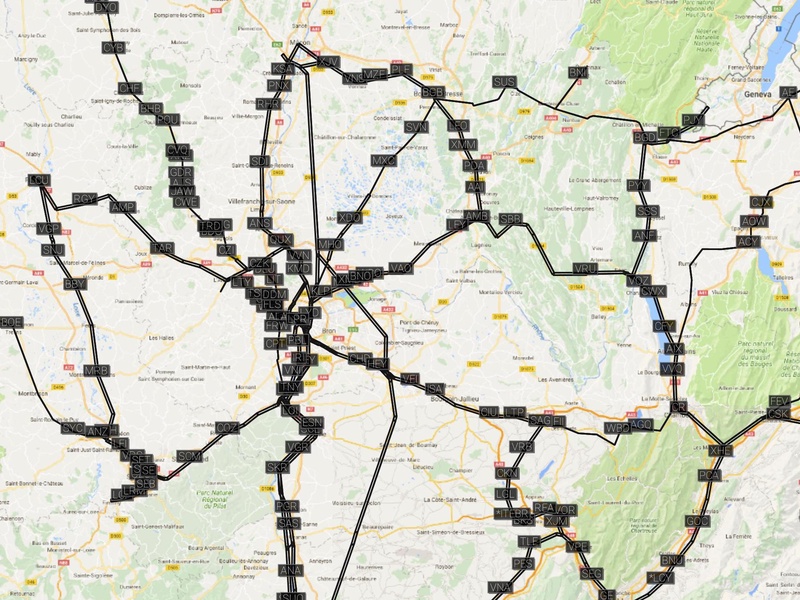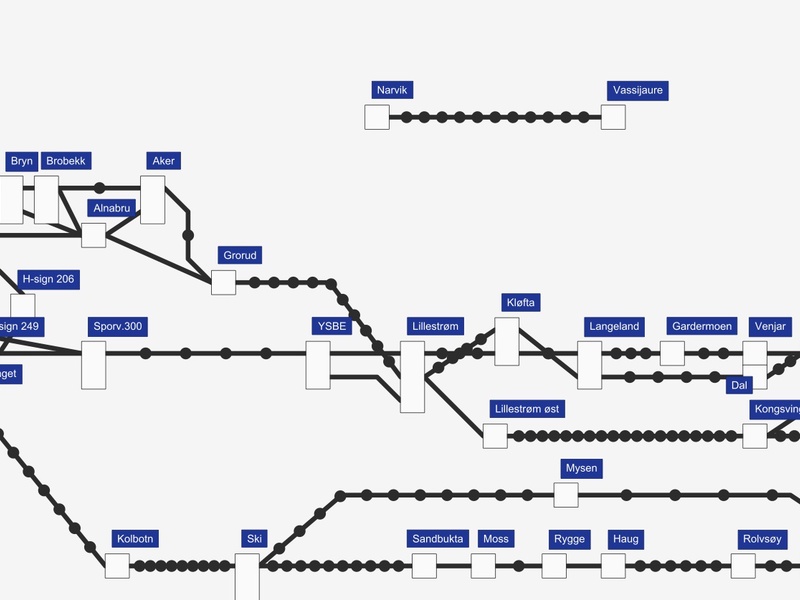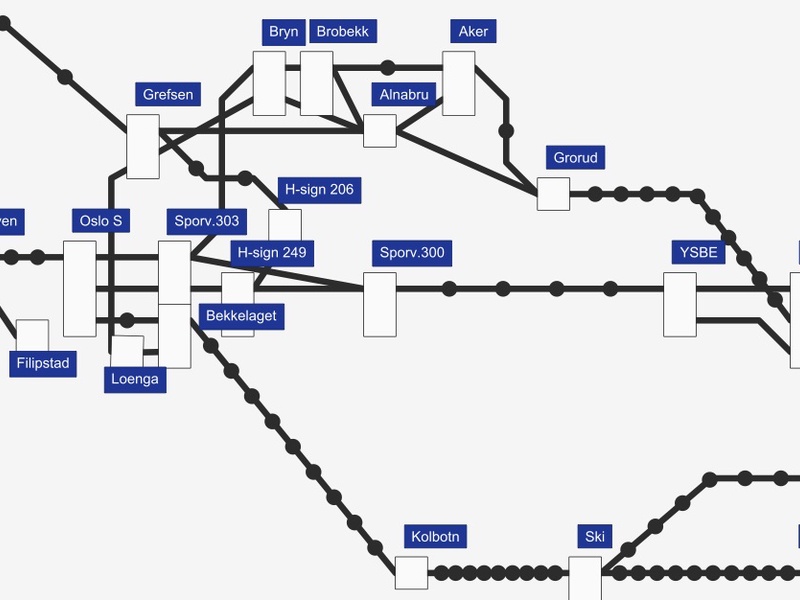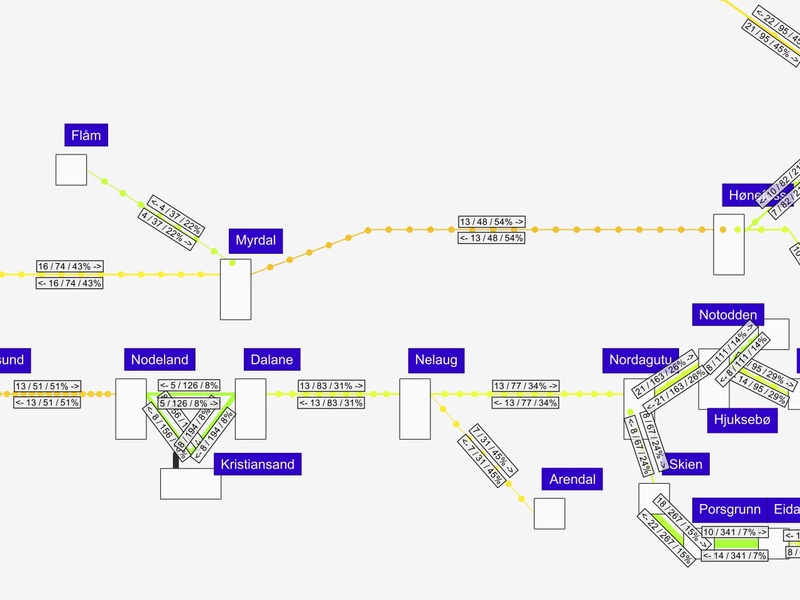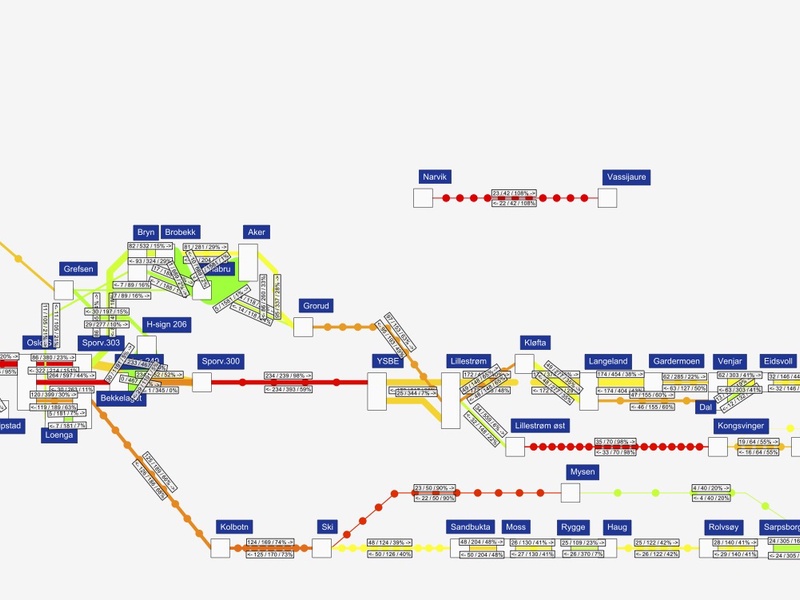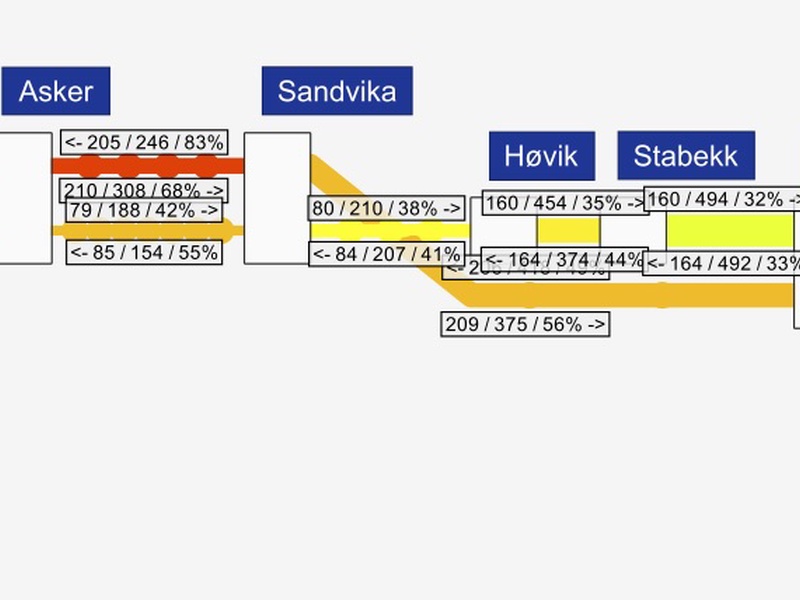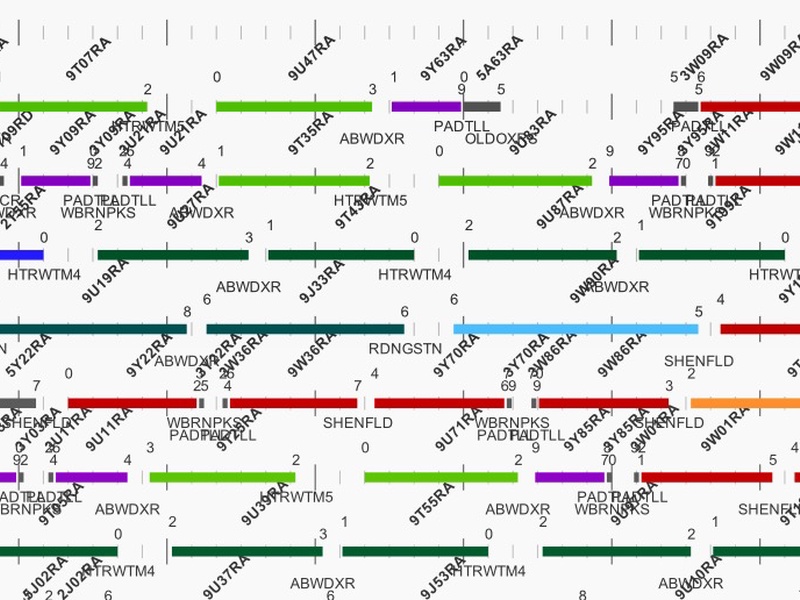Estimating running times with the highest detail is a key element in timetable planning, since well-estimated running times are a basic element for smooth operations. The Running Time Calculator enables an accurate estimation for any kind of trainset, considering the curves and gradients as well as a realistic behaviour of drivers, modelled on the basis of a research project that has been awarded at international level. Loading the needed data is simple and requires only a few simple steps. The results can be viewed in various diagrams, showing, among others, not only the speed, but also the acceleration and the energy consumption.
Features
- Quick, intuitive definition of locomotives & trainsets;
- Model an entire line in a few minutes;
- Flexible configuration of train performances;
- Output automatically used in the timetable;
- Various diagrams, such as speed or energy consumption vs distance;
- Export as pdf, drawing and picture;
- Log file recording all calculated parameters;


